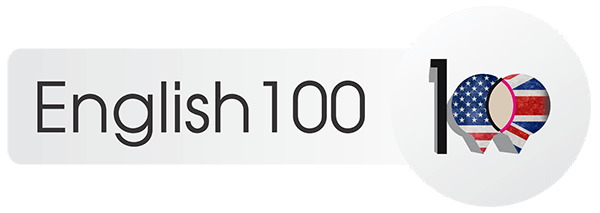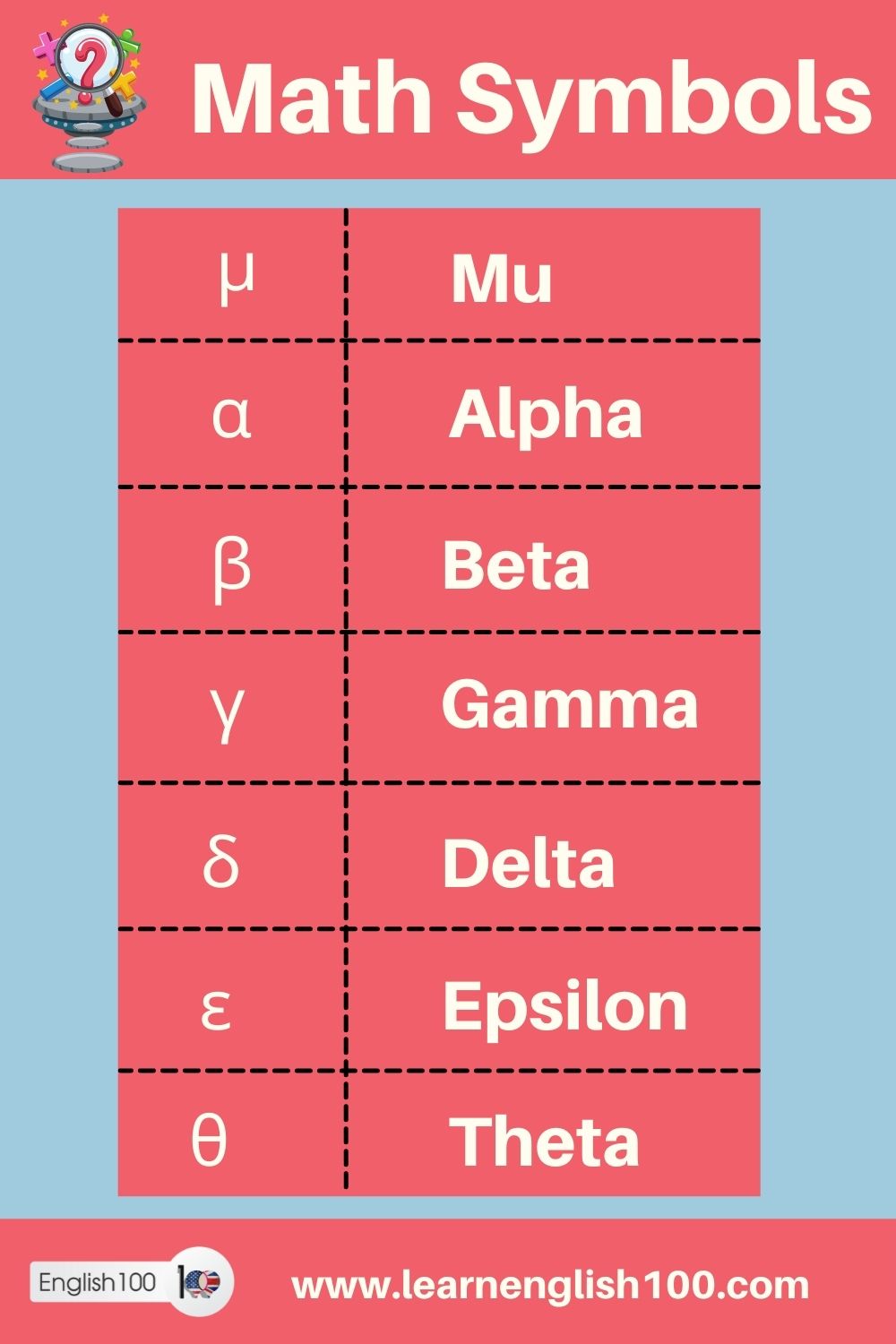
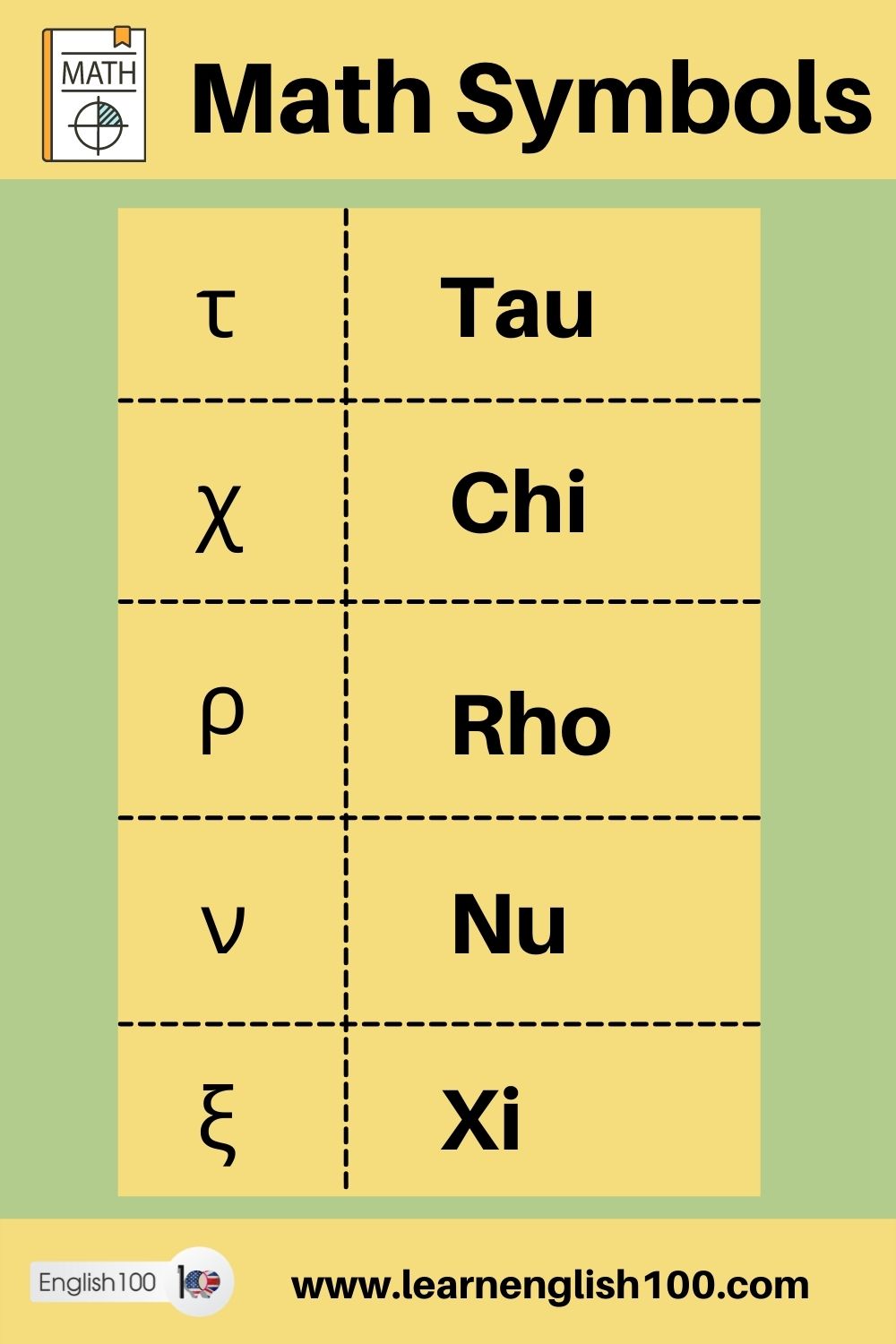
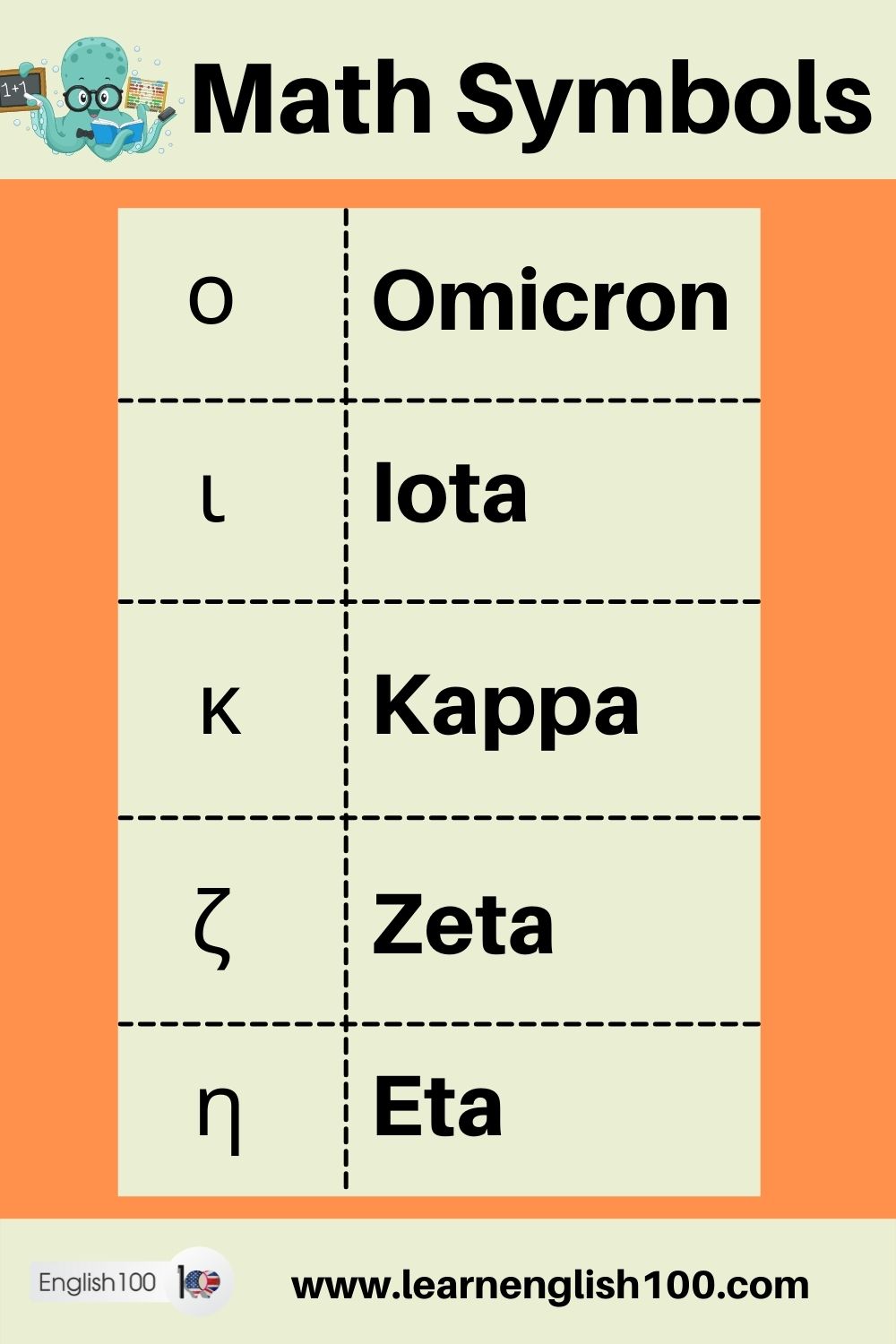
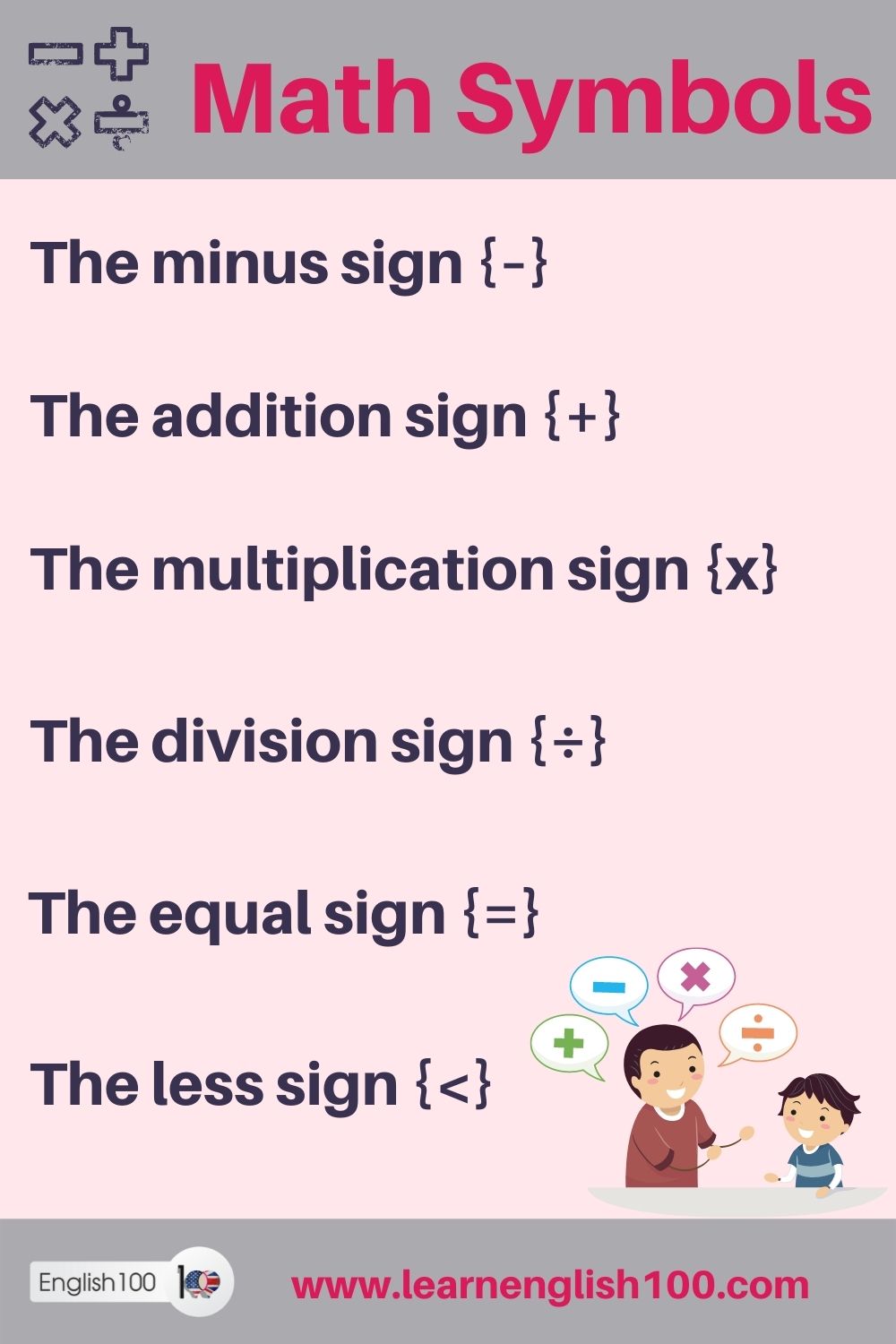
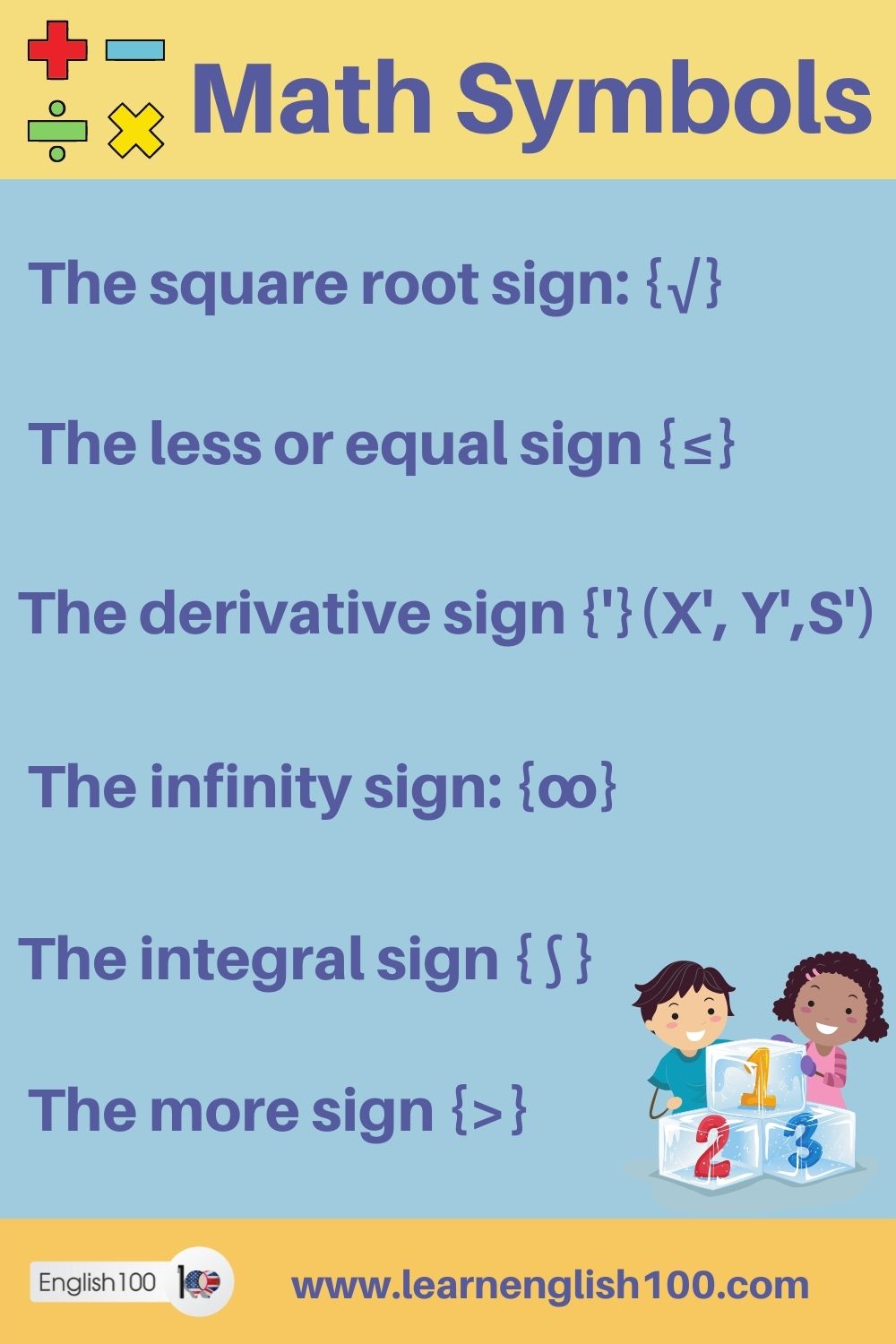
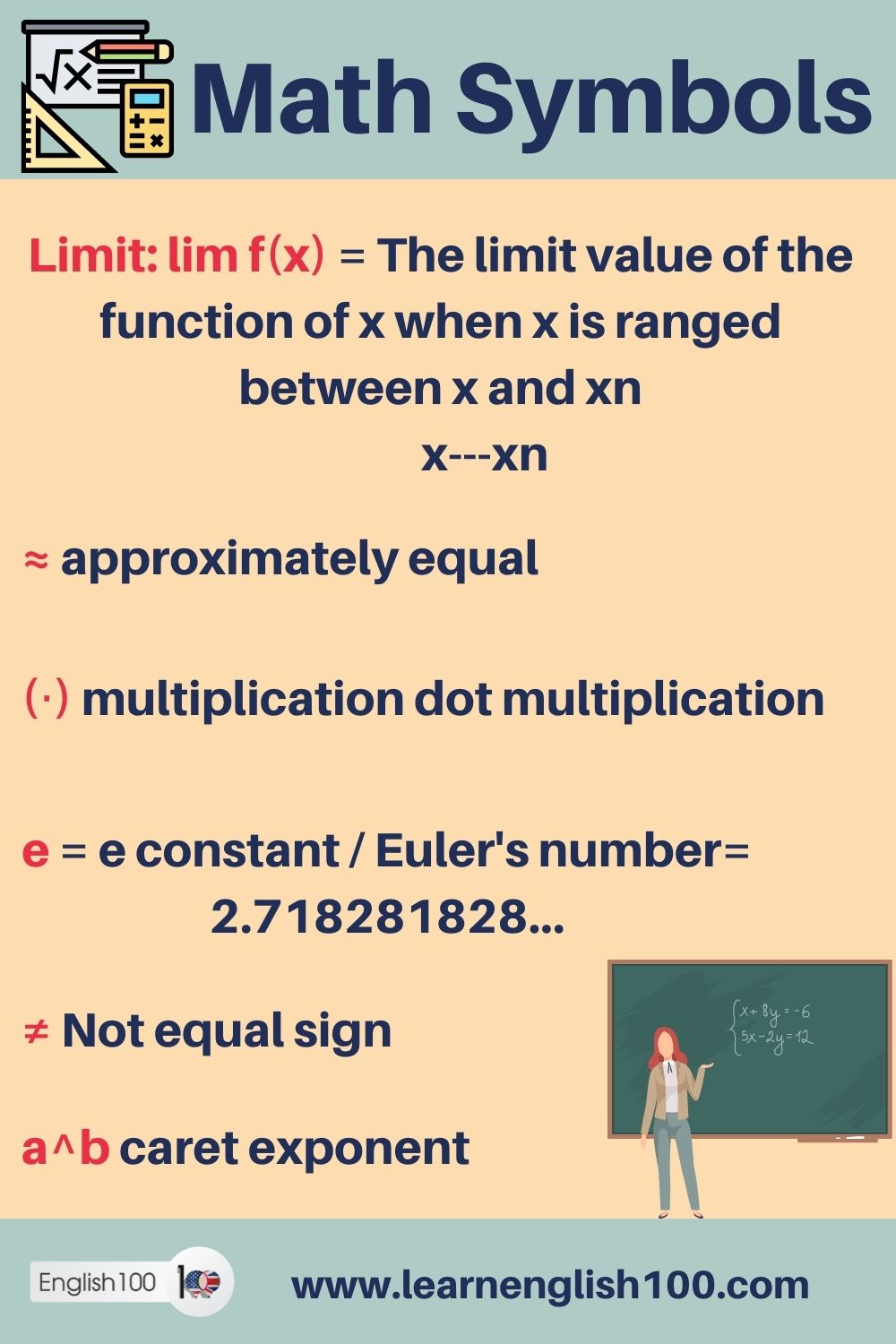
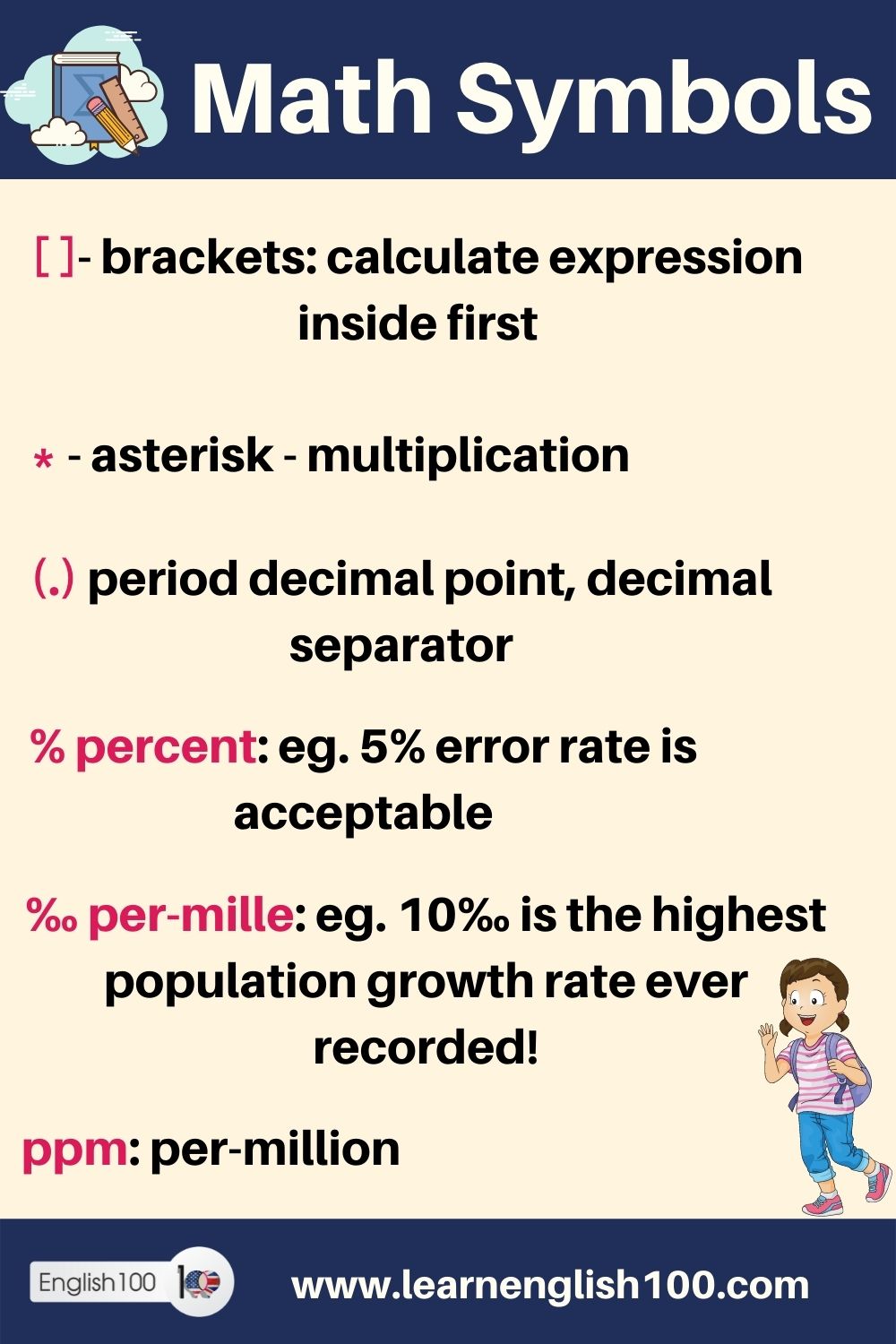
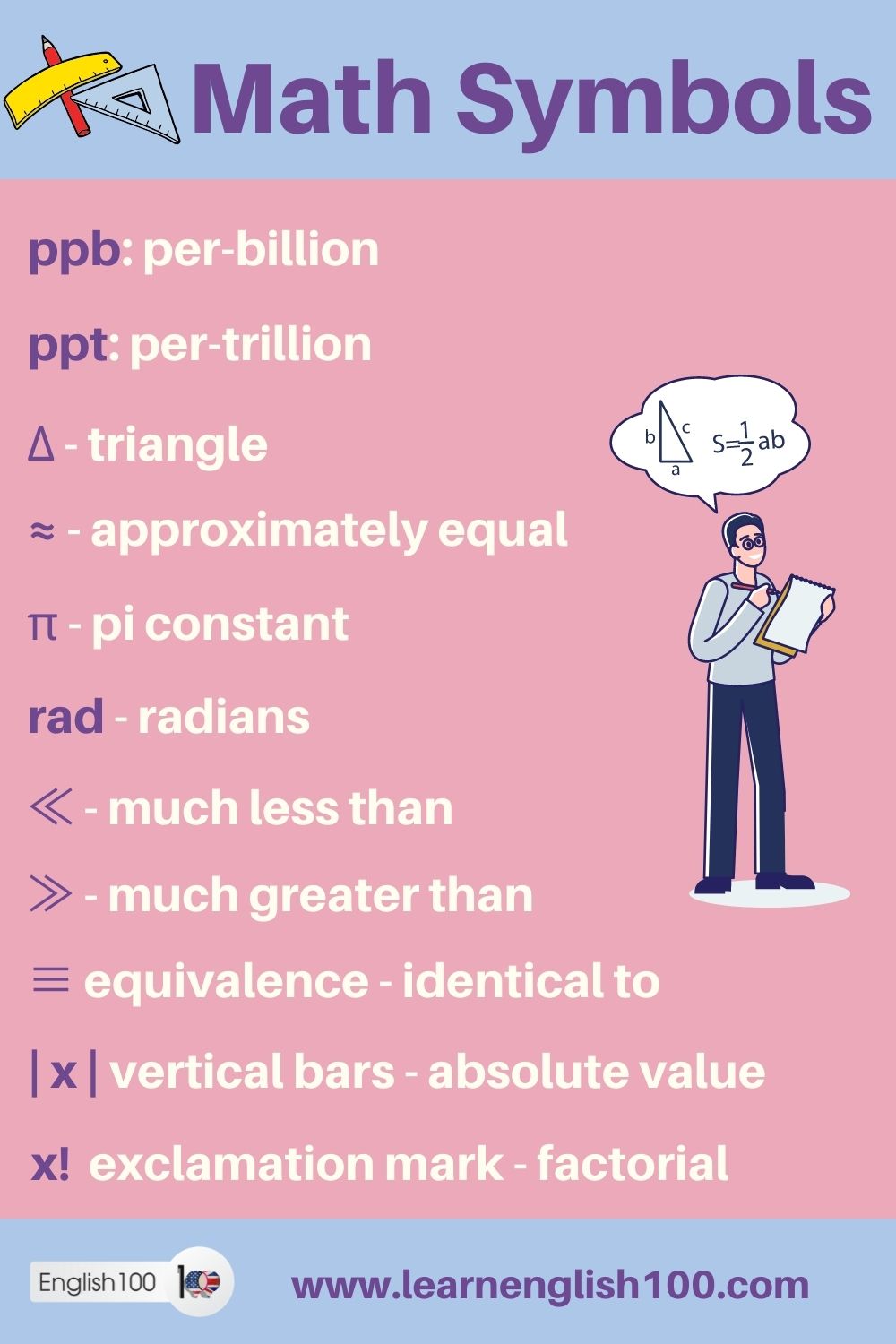
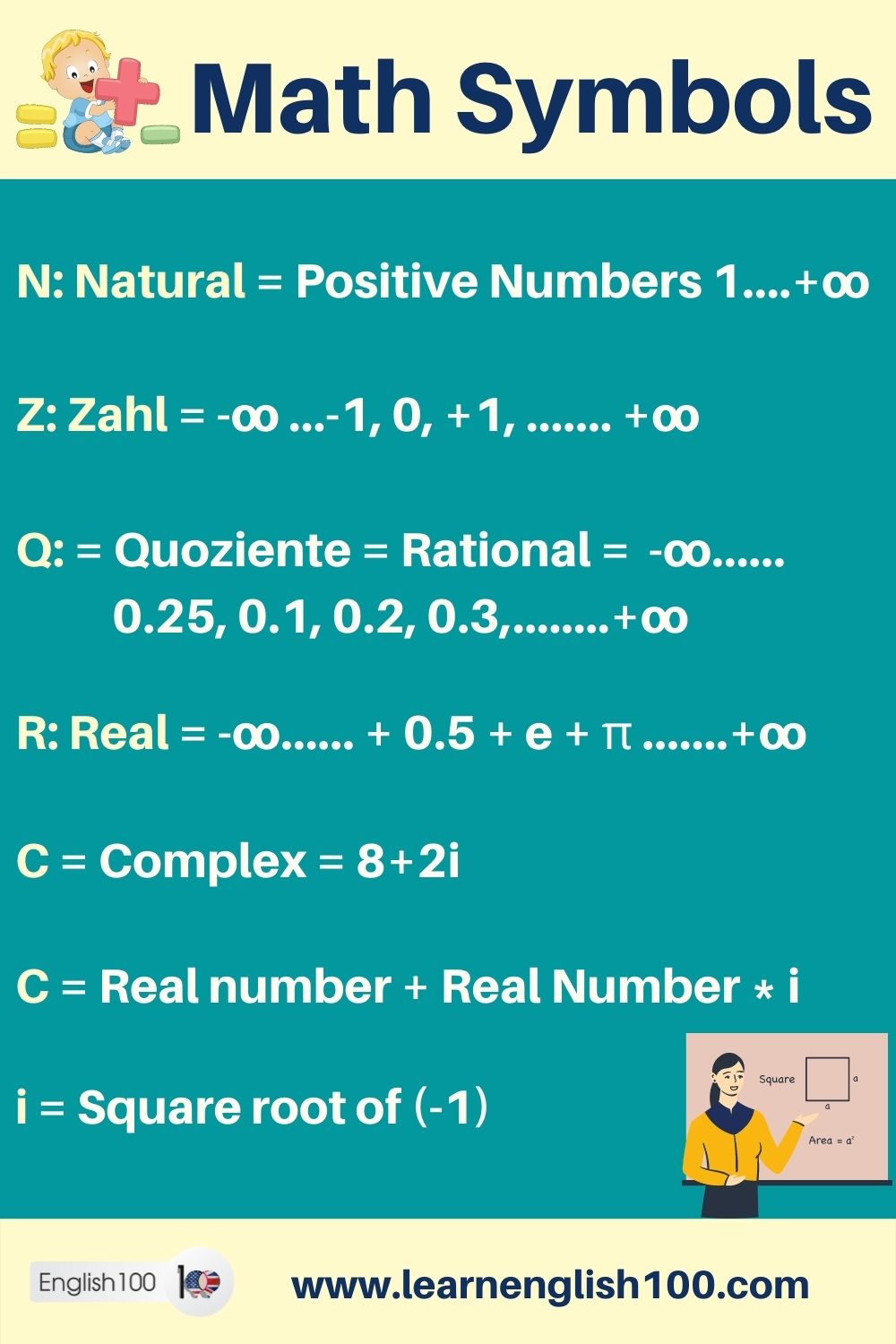
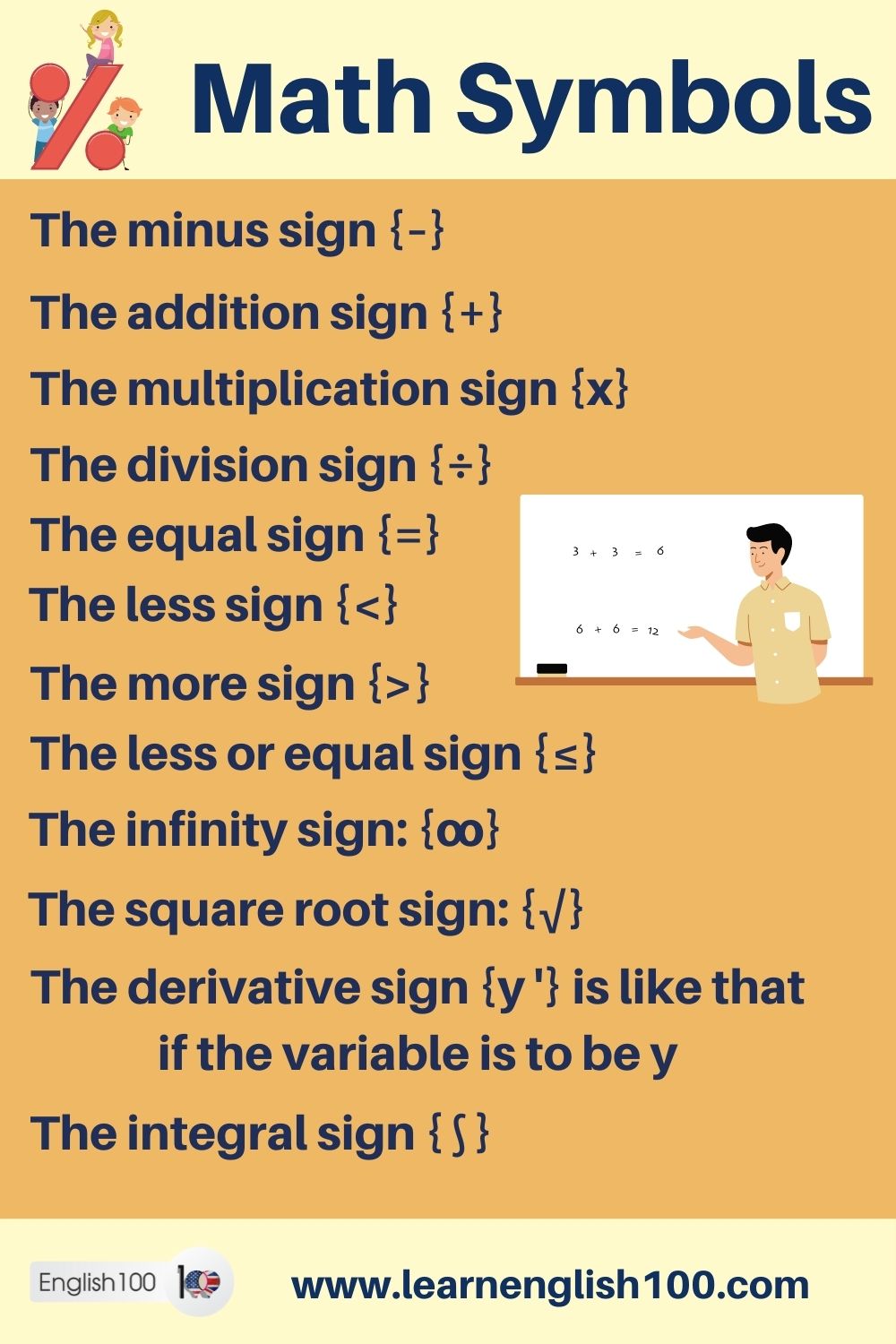
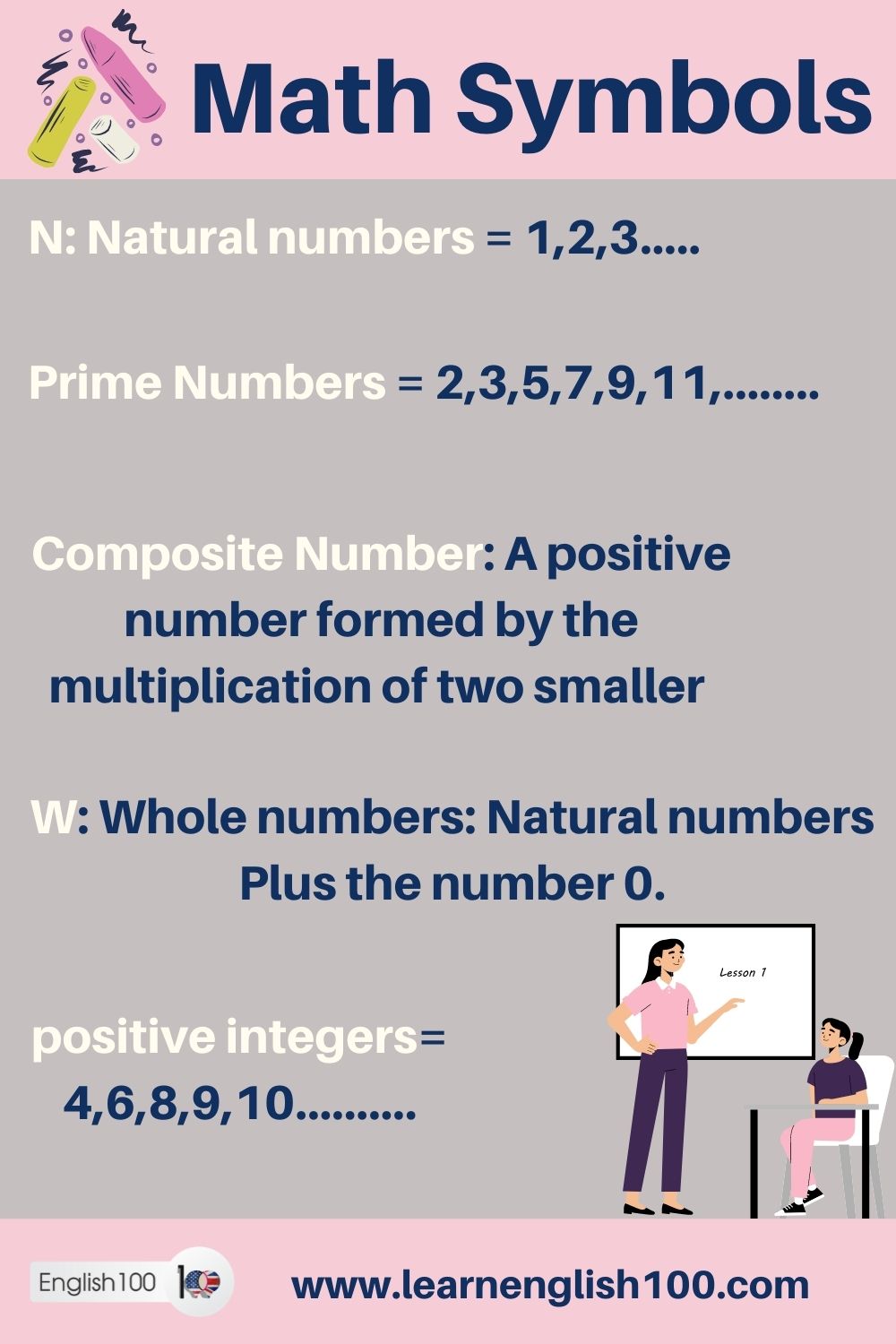
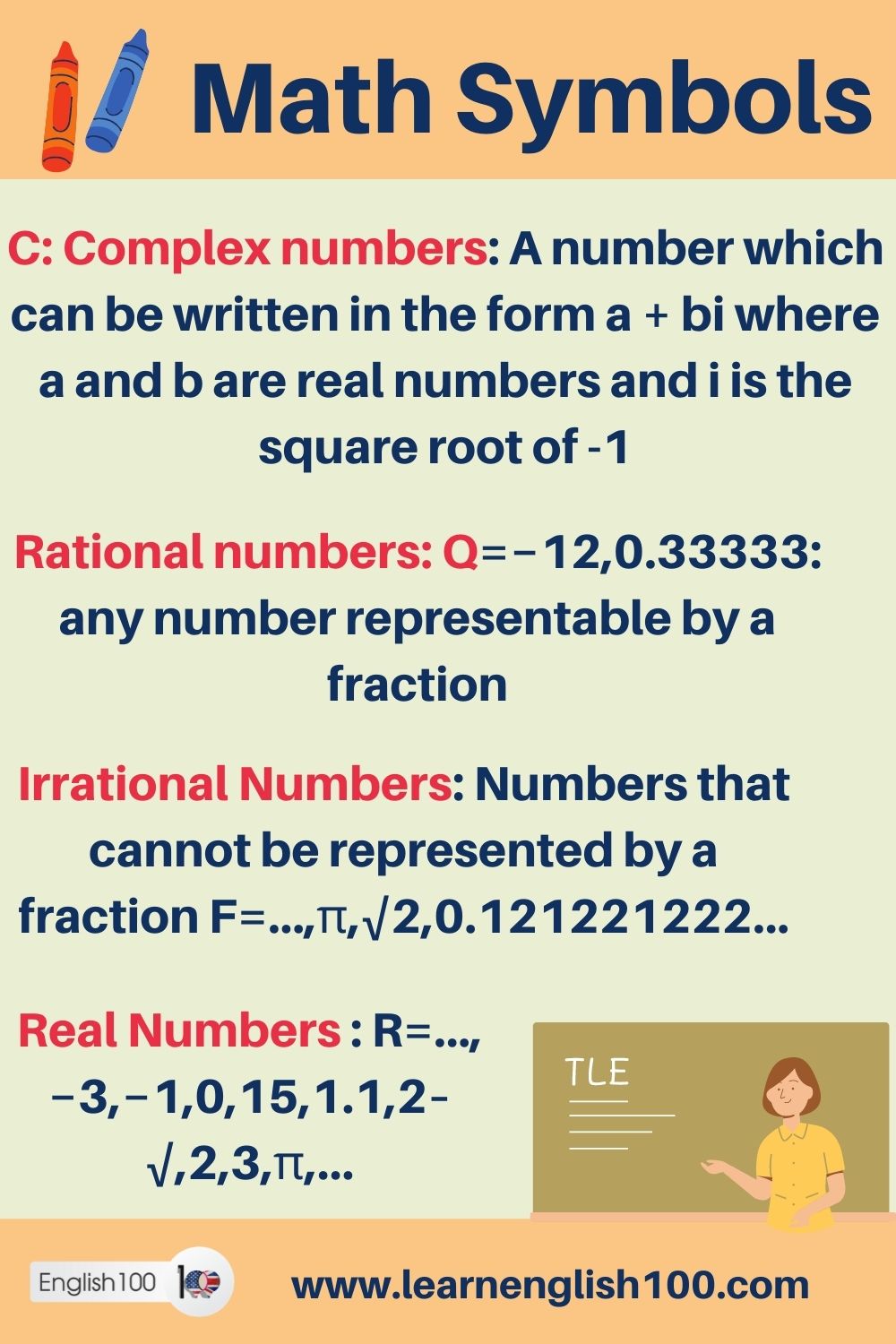
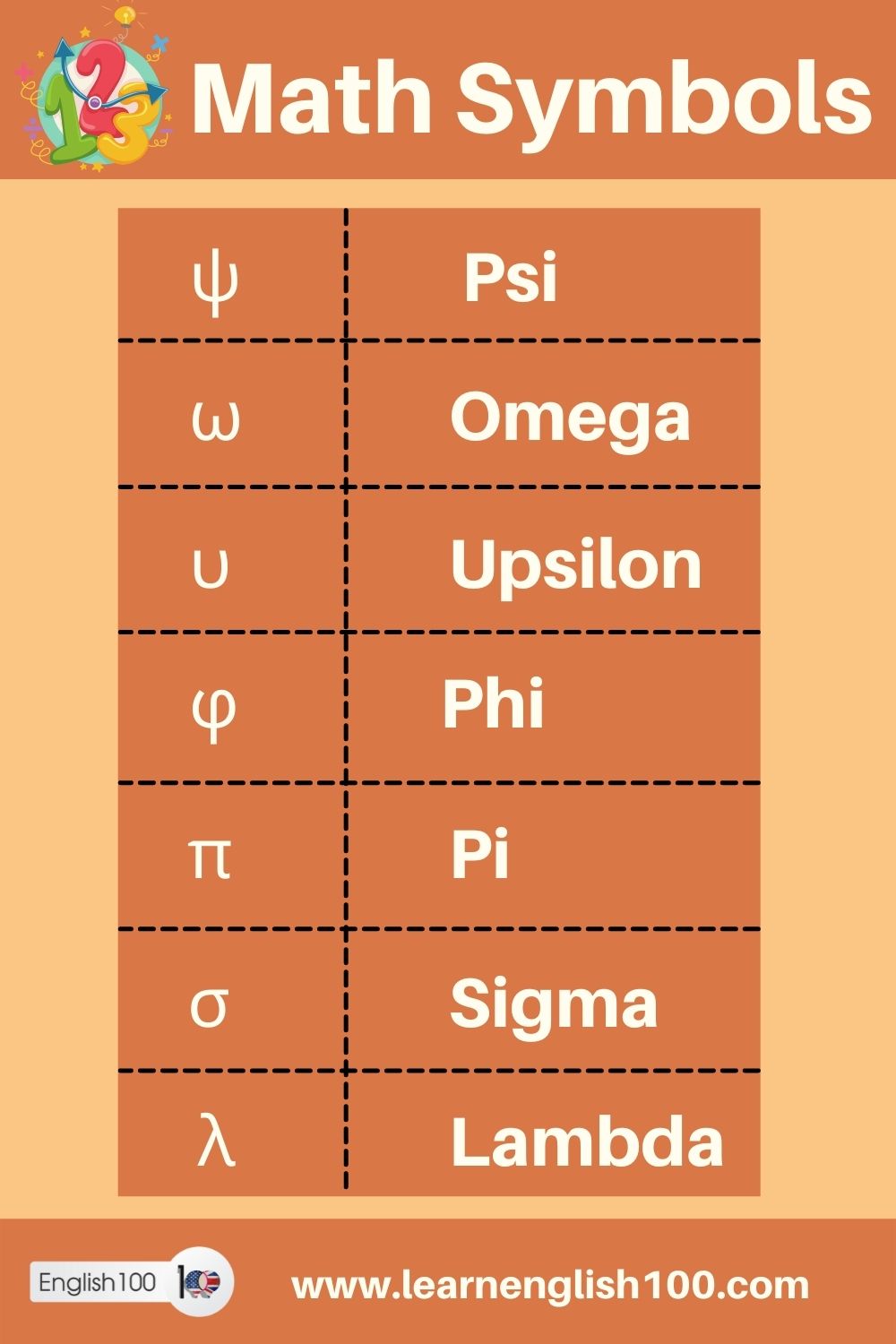
Math Symbols
Math symbols have been around for as long as humans have been able to draw. They help us to write down mathematical formulas and equations, represent results, and also prove our points. In this article, we will give you a quick overview of the most important math symbols and their meaning.
You may not realize it, but math symbols are very important to read and write. In fact, you should use them at least once a day. The following list will teach you about the symbols that are commonly used in mathematics, their properties, and how they look like.
Math Symbols from the Greek Language that are Known widely
ψ – Psi
ω – Omega
υ – Upsilon
φ – Phi
π – Pi
σ – Sigma
λ – Lambda
μ – Mu
α – Alpha
β – Beta
γ – Gamma
δ – Delta
ε – Epsilon
θ – Theta
Unknown widely
τ – Tau
χ – Chi
ρ – Rho
ν – Nu
ξ – Xi
ο – Omicron
ι – Iota
κ – Kappa
ζ- Zeta
η – Eta
The minus sign {–}
The addition sign {+}
The multiplication sign {x}
The division sign {÷}
The equal sign {=}
The less sign {<}
The more sign {>}
The less or equal sign {≤}
The infinity sign: {∞}
The square root sign: {√}
The derivative sign {‘}(X’, Y’,S’)
The integral sign {∫}
Limit: lim f(x) = The limit value of the function of x when x is ranged between x and xn
x—xn
≈ approximately equal
(⋅) multiplication dot multiplication
e = e constant / Euler’s number= 2.718281828…
≠ Not equal sign
[ ]- brackets: calculate expression inside first
* – asterisk – multiplication
(.) period decimal point, decimal separator
a^b caret exponent
% percent: eg. 5% error rate is acceptable
‰ per-mille: eg. 10‰ is the highest population growth rate ever recorded!
ppm: per-million
ppb: per-billion
ppt: per-trillion
Δ – triangle
≈ – approximately equal
π – pi constant
rad – radians
≪ – much less than
≫ – much greater than
≡ equivalence – identical to
| x | vertical bars – absolute value
x! exclamation mark – factorial
N: Natural = Positive Numbers 1….+∞
Z: Zahl = -∞ …-1, 0, +1, ……. +∞
Q: = Quoziente = Rational = -∞…… 0.25, 0.1, 0.2, 0.3,……..+∞
R: Real = -∞…… + 0.5 + e + π …….+∞
C = Complex = 8+2i
C = Real number + Real Number * i
i = Square root of (-1)
The minus sign {–} and it is called Minus/take. It is used to indicate that the second number is going to be reducing the first one by its numeric value. In other words, to subtract means to take away from a group or a number of things.
The addition sign {+} and it is called Plus / add. It is used to indicate that two numbers are going to be combined together. Those two numbers may not be of the same nature
The multiplication sign {x} and it is called Multiple/times. It is used to double or triple or increase the resulting value of a number by the number of times specified by the number after the {X} sign.
The division sign {÷} and is called divide. It is the exact opposite of the multiplication process. It decreases the result value of a number by dividing it into equal shares according to a specific number. The result may be an integer, a rational, or an irrational number.
The equal sign {=} and it is pronounced Equals. It is the secure basis of all mathematical equations and operations. Without the equal sign, there can be no finalized solution or even a single correct simple equation.
The less sign {<} is pronounced as Less than. It indicates that the number before it is lower than the number after it. Simple Ain’t it!
The more sign {>} is used as More than. As its name suggests, it confirms that the number preceding the sign is higher than the one that follows it.
The less or equal sign {≤} is pronounced like the following phrase “Less than or equal”. It refers to the fact that the two sides of this sign may be equal or the one before it is less valuable. It is used in cases where variables exist and the result could change. Thus in one case that the variable assumes a value the first number is less than the following, whereas when it, the variable, assumes another value which might as well be even lower than the first one, but in the overall result, the variable end value remains equal. All of this depends on the equation status.
The infinity sign: {∞} simply it is just called Infinity. It refers to an uncertain number that could be positive or negative and it is not specified at all.
The square root sign: {√} and it is pronounced as Square root. It is when you find the number that if you multiply it by itself it’ll result in the same number that is being square rooted.
The derivative sign {y ‘} is like that if the variable is to be y. In simple words, the derivative of a function of a real variable measures the sensitivity to change of the function value (output value) with respect to a change in its argument (input value). In even simpler words, it measures deviation in a function of any sort with respect to its value.
The integral sign {∫} just like that is called Integral. It is simply the reverse of a derivative.
Other important symbols that you must know and teach your kids:
N: Natural numbers = 1,2,3…..
Prime Numbers = 2,3,5,7,9,11,……..
Composite Number: A positive number formed by the multiplication of two smaller positive integers= 4,6,8,9,10……….
W: Whole numbers: Natural numbers Plus the number 0.
C: Complex numbers: A number which can be written in the form a + bi where a and b are real numbers and i is the square root of -1, …,−5+2i —- 0,8+3i,…
Rational numbers: Q=−12,0.33333: any number representable by a fraction
Irrational Numbers: Numbers that cannot be represented by a fraction F=…,π,√2,0.121221222…
Real Numbers : R=…,−3,−1,0,15,1.1,2–√,2,3,π,…
Math symbols are used in a variety of ways to help extract maximum value from equations, calculations, and formulae. They make it easier to define math quantities, as well as develop a relationship between quantities that can be expressed in a unique way. 1
FAQ
What is the most used math symbol?
The most commonly used math symbol is probably the plus sign (+), which represents addition. Addition is one of the fundamental mathematical operations, and the plus sign is used extensively in arithmetic and algebra to denote the sum of two or more numbers or variables.
Other widely used math symbols include the minus sign (-) for subtraction, the multiplication sign (× or *) for multiplication, and the division sign (÷) for division. These symbols are foundational in mathematics and are used in various mathematical expressions and equations.
What is the importance of mathematical symbols in real life?
Mathematical symbols play a crucial role in various aspects of real life. They are essential for several reasons:
Precision and Clarity: Mathematical symbols provide a concise and precise way to represent complex ideas and relationships. They allow for clear communication of mathematical concepts, which is especially important in fields like science, engineering, and finance, where precision is critical.
Universal Language: Mathematics is considered a universal language because mathematical symbols are understood worldwide, regardless of spoken languages. This universality makes it easier for people from different cultures and backgrounds to communicate and collaborate on mathematical problems.
Problem Solving: Mathematical symbols enable efficient problem-solving by simplifying the representation of equations, formulas, and mathematical models. This simplification makes it easier to analyze and manipulate mathematical expressions to find solutions or make predictions.
Scientific Research: In scientific research, mathematical symbols are indispensable for representing data, modeling physical phenomena, and expressing the relationships between variables. They are used extensively in physics, chemistry, biology, and other scientific disciplines.
Engineering and Technology: Engineers and technologists rely on mathematical symbols to design and analyze systems, structures, and algorithms. Whether designing a bridge, developing software, or optimizing a manufacturing process, mathematical symbols are essential for these tasks.
Financial Analysis: In the world of finance, mathematical symbols are crucial for modeling financial markets, calculating risk, and making investment decisions. Equations and formulas are used to determine interest rates, evaluate investment returns, and manage financial portfolios.
Education: Mathematical symbols are a fundamental part of mathematics education. They help students learn and understand mathematical concepts, allowing for the development of problem-solving skills and critical thinking.
Data Science and Statistics: Mathematical symbols are extensively used in data science and statistics to represent data sets, statistical distributions, regression models, and hypothesis testing. They facilitate the analysis of large datasets and the extraction of meaningful insights.
Computer Science and Programming: Mathematical symbols are essential in computer science and programming, where they are used to express algorithms, logic, and mathematical operations. Programming languages rely on mathematical notation for tasks such as arithmetic, conditional statements, and data manipulation.
Everyday Applications: While many people may not realize it, mathematical symbols are present in everyday life. They are used in grocery store receipts, road signs, financial statements, and countless other contexts where quantitative information needs to be conveyed accurately.
In summary, mathematical symbols are essential tools for expressing and communicating mathematical ideas, facilitating problem-solving, and supporting various fields of science, technology, engineering, and mathematics. Their importance extends beyond academia and directly impacts our daily lives in numerous ways.
References:
- Scholl, A., & Scholl, A. (2024, January 10). 20+ Best & Useful Mathematical Symbols. SplashLearn Blog – Educational Resources for Parents, Teachers & Kids.
